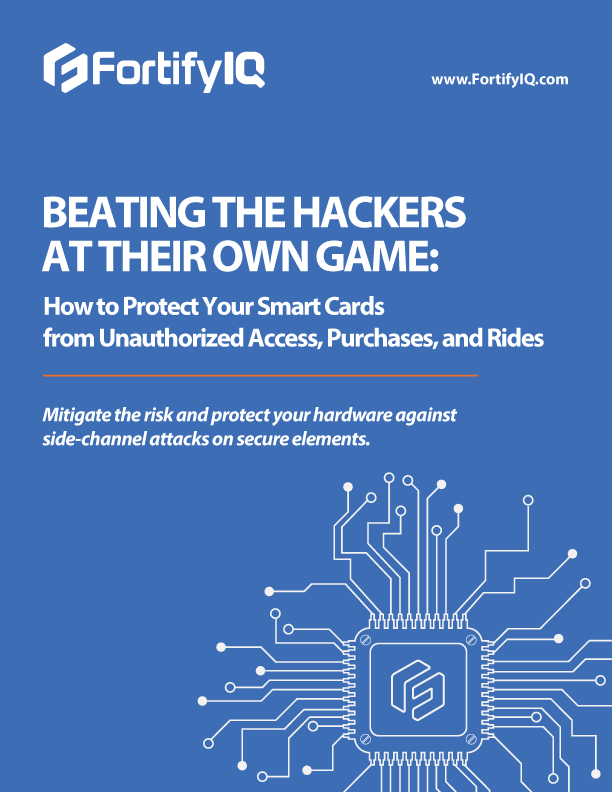Beating the Hackers at Their Own Game:
How to Protect Your Smart Cards from Unauthorized Access, Purchases, and Rides
Mitigate the risk and protect your hardware against side-channel attacks on its secure element.

Use of cryptographic keys, which may be unbreakable mathematically or with brute force, does not necessarily protect devices from security threats and attacks, such as Differential Power Analysis (DPA), Differential Electromagnetic Analysis (DEMA), Fault Injection Analysis (FIA), and other side-channel attacks.
Side-channel attacks are relatively easy and inexpensive to mount against cryptographically protected devices but are especially difficult to defend against. In this paper, we consider DEMA attacks on contactless smart card systems, to name a few:
• physical access control (smart locks and key cards)
• digital passports
• payment cards
• chip IDs
• transportation passes
Hackers have found ways of breaking into smart cards, stealing money and services and gaining unauthorized access. A new approach to protecting smart cards against DEMA attacks is described, allowing manufacturers to cut protection costs and save time during development.